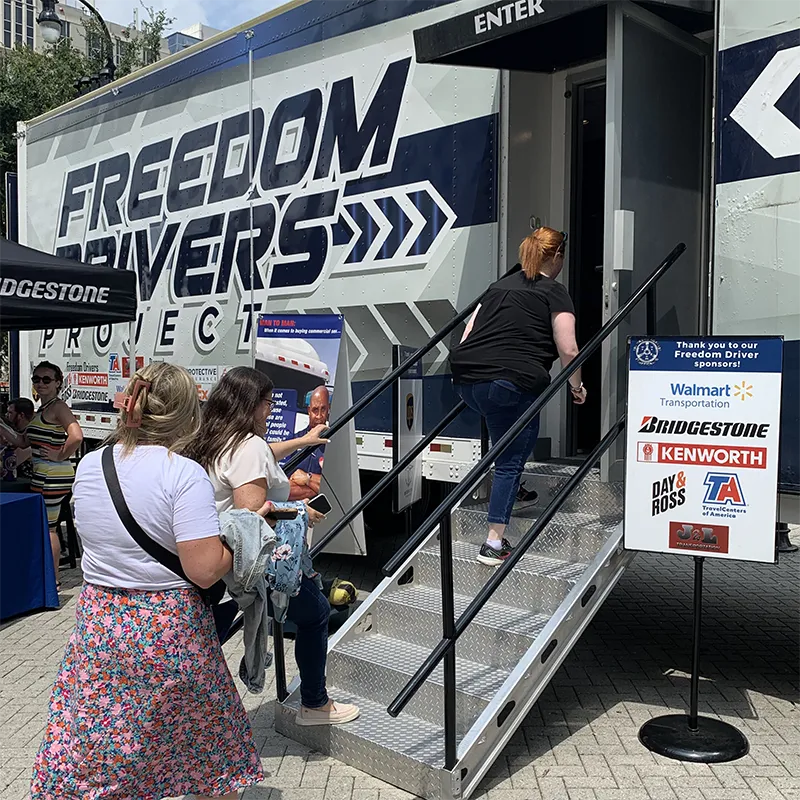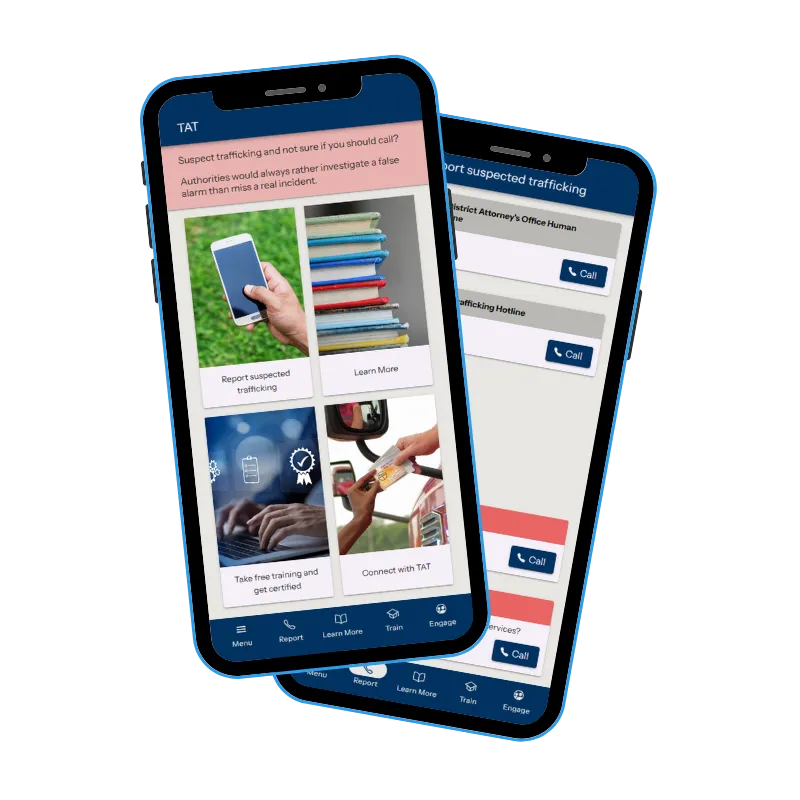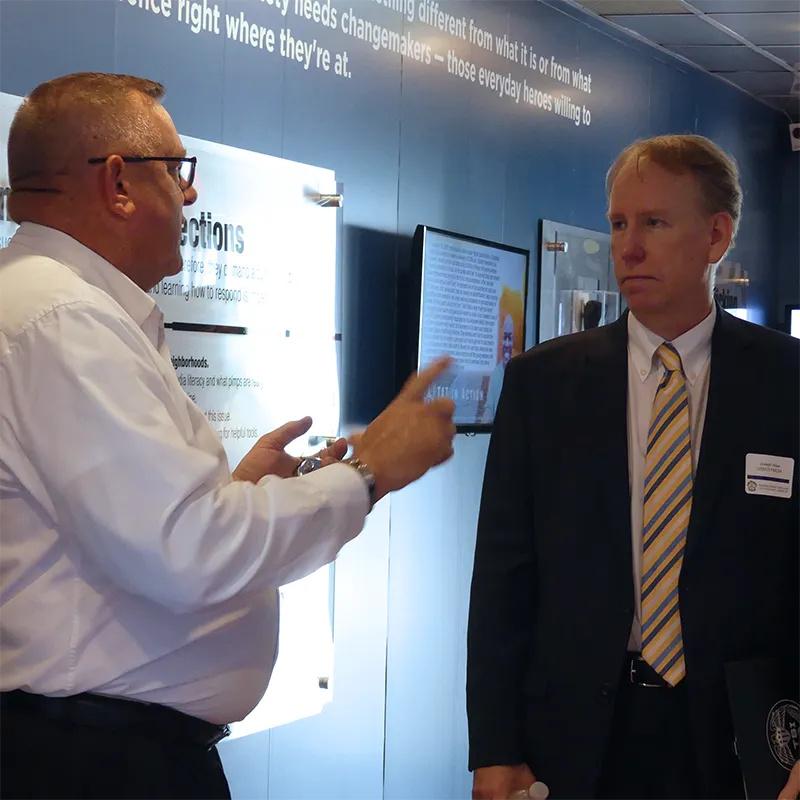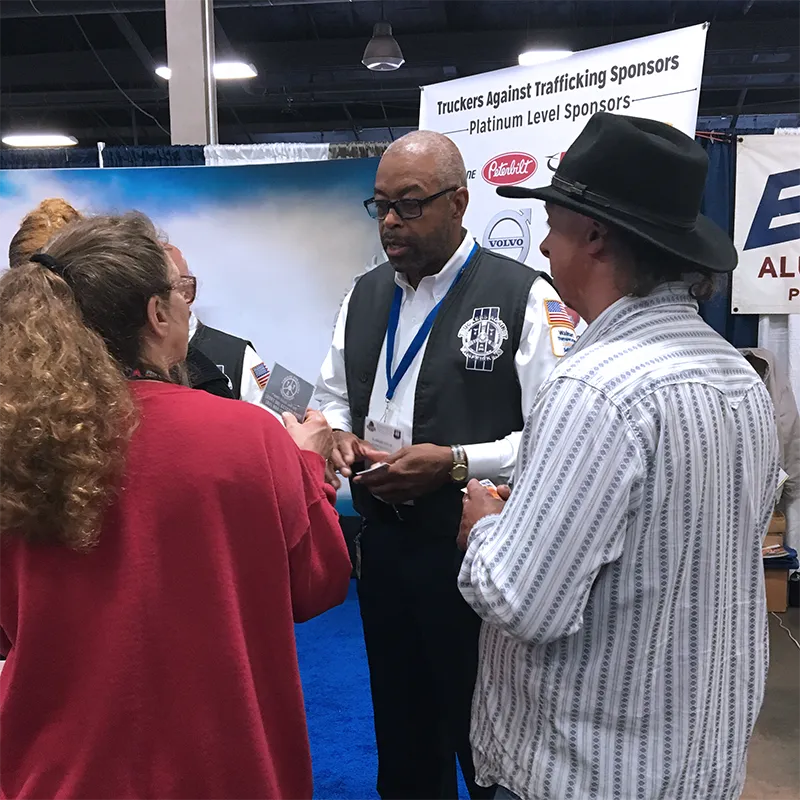Local drivers are the eyes and ears of their communities.
Human trafficking is a local, as well as a global, problem. Traffickers recruit and exploit their victims in urban, suburban and rural areas. Local drivers, who are deeply familiar with their communities, can play a crucial role in recognizing and reporting human trafficking.
From package delivery, mail carriers, couriers, food delivery or waste disposal, wherever their routes take them, any driver who is in and around neighborhoods and local businesses should be educated and equipped to spot the signs of human trafficking. As survivors of trafficking have reported rideshare services being used during their exploitation, rideshare drivers may encounter this crime through the passengers they are transporting.
people trained on how to recognize and report human trafficking.
Whether loading or unloading, picking up or dropping off passengers, parked on a break or to fuel up, TAT seeks to ensure every local driver understands the realities of human trafficking and the role they can play in helping to combat it.
Train employees with TAT’s resources.
TAT’s training resources – including videos, wallet cards, an app, window decals, etc. – are free of charge and industry-specific.
View the trailers to TAT’s training videos for local drivers:
Establish an internal anti-human trafficking policy.
Companies should implement a policy to ensure they are not complicit in any practice that may constitute human trafficking or modern-day slavery. A robust policy also serves an important preventative measure because it addresses the demand for labor exploitation and commercial sex which feeds this crime.
Spread awareness within your networks about human trafficking.
There are many ways companies can use their assets and networks to promote greater awareness about human trafficking, including through trade associations, internal or external publications and community engagement.
Check out TAT’s Business Engagement Toolkit, created in partnership with the U.S. Chamber of Commerce, for guidance.
Contact TAT to get started.
Contact us
TAT in Action
Professional TAT-trained truck driver Arian Taylor pulled into a business at 3:30 am to make a delivery. Soon after, he received a knock on his cab door from a 19-year-old woman. He learned from her that her friend’s older boyfriend was trying to force her into prostitution. After she had refused and argued with him, he dumped her in the parking lot and sped off. She was cold, exhausted, had no money or identification, was carrying everything she owned in her arms and was desperate to get home. Arian helped her get warm, gave her some water, and called the National Human Trafficking Hotline. The hotline secured the woman shelter for the night, a pre-paid cab ride to get her to that shelter and a chaperoned train ride back to her home the next day, where she was reunited with family.
In 2018, TAT awarded Arian Taylor with its prestigious Harriet Tubman Award.



